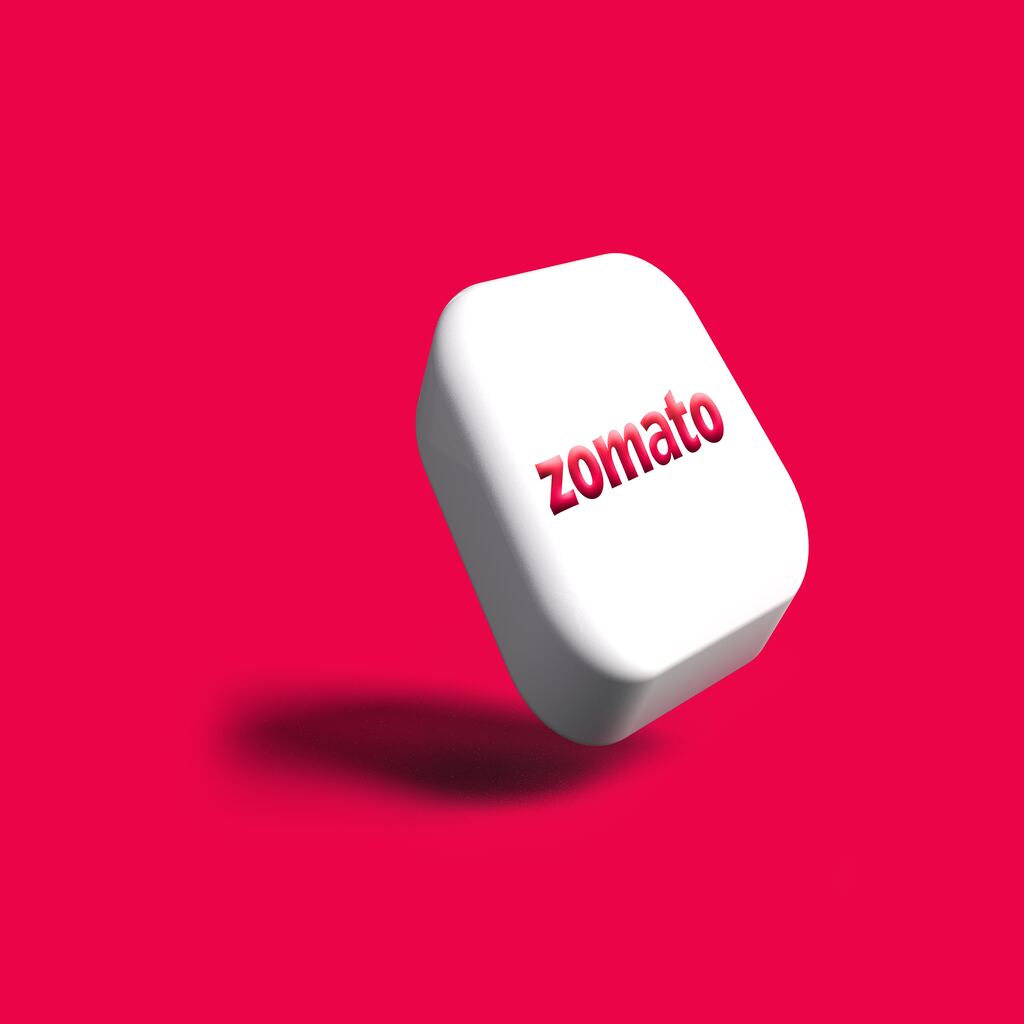
Introduction
Zomato, an Indian multinational restaurant aggregator and food delivery company, has become a household name. Since its inception in 2008, technology has played a crucial role in Zomato’s growth and success. This case study explores how technological advancements have impacted Zomato, enabling it to evolve from a restaurant directory to a comprehensive food services platform.
Early Adoption of Technology
Zomato began as “Foodiebay,” a restaurant directory listing menu cards. Recognizing the potential of technology to disrupt the food industry, the founders quickly pivoted to a tech-driven approach. By leveraging a web-based platform, Zomato created an intuitive and user-friendly interface that allowed users to browse restaurants, menus, and reviews.
Key Milestones
- 2008: Launch of the web platform.
- 2010: Introduction of the mobile app, making the platform more accessible.
- 2015: Expansion into the food delivery market through acquisitions and in-house development.

Technology Stack
Zomato’s robust technology infrastructure underpins its operations. The company employs a microservices architecture to ensure scalability and reliability. Key components include:
- Frontend: React.js and Angular for responsive web and mobile applications.
- Backend: Node.js, Python, and Java for handling high transaction volumes.
- Databases: PostgreSQL and MongoDB for structured and unstructured data.
- Cloud Computing: AWS for scalable server hosting and storage.
- AI/ML: Personalization algorithms for recommendations and delivery optimization.
- APIs: Seamless integration with payment gateways, third-party services, and partner applications.
Features Enabled by Technology
1. Food Delivery Ecosystem
Zomato’s real-time delivery tracking is powered by GPS and AI. Delivery partners use the app to receive optimized routes and delivery assignments, enhancing efficiency.
- Impact: Reduced delivery times, increased order volumes, and higher customer satisfaction.
2. Personalized User Experience
Through machine learning, Zomato analyzes user preferences, search histories, and location data to provide tailored recommendations.
- Impact: Improved user engagement and retention.
3. Restaurant Management Tools
Zomato’s technology offers restaurants tools for order management, inventory tracking, and performance analytics.
- Impact: Enhanced restaurant operations and stronger partnerships.
4. Zomato Gold and Pro Memberships
Tech-enabled subscription models provide exclusive offers and benefits to users.
- Impact: Increased revenue streams and customer loyalty.
5. Sustainability Initiatives
Zomato uses technology to promote sustainable practices, such as:
- Enabling users to opt-out of cutlery.
- Partnering with organizations to reduce food waste through real-time donation tracking.
Overcoming Challenges with Technology
1. Scalability
Zomato faced challenges in managing server loads during peak hours. Cloud computing and load balancing ensured seamless scalability.
2. Data Security
With millions of transactions daily, Zomato prioritized secure payment gateways and data encryption.
3. Global Expansion
Zomato’s multilingual platform and localized algorithms facilitated its entry into 24 countries.
4. Regulatory Compliance
Zomato utilized automated tools to adapt to different countries’ legal and tax systems.

The Role of Artificial Intelligence
AI has revolutionized Zomato’s operations:
- Predictive Analytics: Forecasting order demand and planning delivery logistics.
- Chatbots: Providing instant customer support.
- Fraud Detection: Identifying unusual transaction patterns.
Impact on Stakeholders
1. Customers
- Enhanced convenience through faster deliveries and personalized recommendations.
- Increased trust due to transparent pricing and hygiene ratings.
2. Restaurants
- Access to valuable data for decision-making.
- Expanded reach to a broader audience.
3. Delivery Partners
- Improved earning potential via optimized delivery routes and flexible working hours.
4. Investors
- Steady growth and a strong technological foundation have attracted significant investments.
Results and Achievements
Financial Growth
- From $1 million in revenue in 2012 to over $500 million in 2023.
Market Leadership
- Dominance in India’s food delivery market.
Technological Innovation
- Industry-first features like hygiene ratings and carbon footprint tracking.
Conclusion
Zomato’s success underscores the transformative power of technology in reshaping traditional industries. By leveraging cutting-edge tools and continuously innovating, Zomato has set a benchmark in the food tech space. As the company evolves, its tech-driven approach will remain pivotal in addressing new challenges and capturing emerging opportunities.


